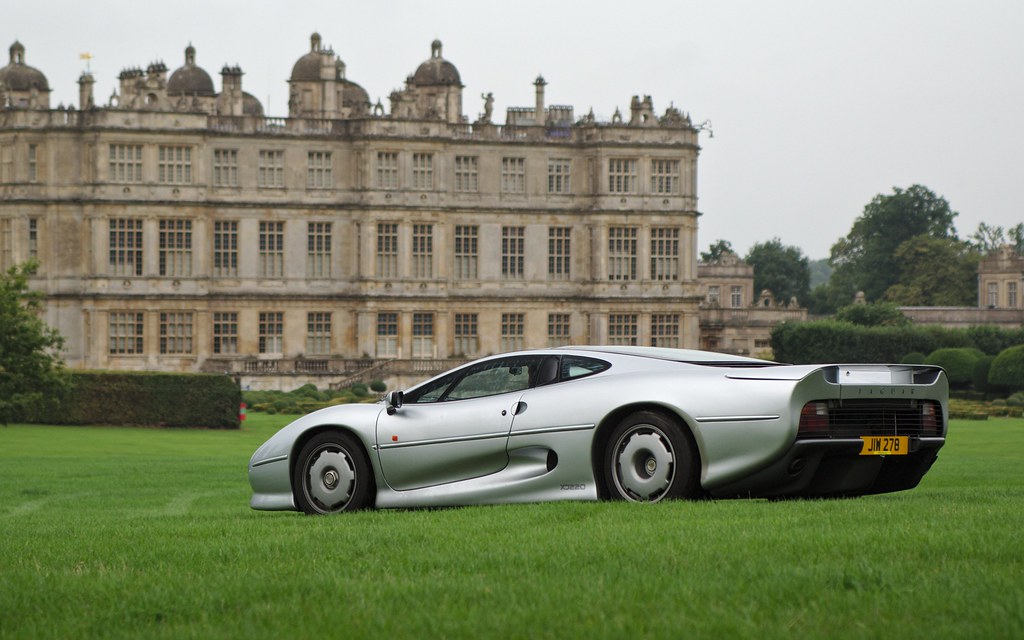‘The only supercar where the engine shrank, the price ballooned, and nobody knew what they’d ordered.’
Imagine spending £400,000 on a supercar, only for it to arrive without the engine, drivetrain, or the promise that sold you on it, and still being utterly magnificent.
That’s the Jaguar XJ220 – Britain’s most significant automotive misfire that accidentally built the fastest car in the world.
Misunderstood? Definitely. Glorious? Oh yes.
The 220 wasn’t just a car; it was a 217mph middle finger to convention.
The Birth of a Legend – 1988
A skunkworks team at Jaguar, known as the ‘Saturday Club’, secretly worked on a V12 AWD supercar in their spare time.
The concept was unveiled at the Birmingham Motor Show – sleek, futuristic, and absolutely massive.
The public response? Jaguar had to shovel cheques off the stand with a snowplough.
The Reality Check – 1992
Enter the production XJ220, now with a 3.5-litre twin-turbo V6 from the Metro 6R4 and no AWD.
Buyers weren’t thrilled. Many tried to sue. Others cried into their cheque stubs.
But the car still belted out 542 bhp and hit 212 mph, making it the fastest production car on Earth.
Track Tales & Tech
Nürburgring lap: 7:46.36 – fastest ever at the time.
Class Win at Le Mans 1993, only to be disqualified over missing catalytic converters.
But the point was made: this car wasn’t just a pretty face.
Reputation Thaws
Initially derided – too expensive, too compromised, too late.
Today? A bona fide collector’s item.
It is faster than the F40, rarer than the Diablo, and infinitely more British.
Legacy
The XJ220 wasn’t just a car – it was a fever dream that somehow escaped the lab.
Proof that even flawed greatness can become iconic.
Jaguar’s moonshot didn’t quite land but left a beautiful crater.
‘If looks could kill, the XJ220 would have been banned under the Geneva Convention.’
![]()

